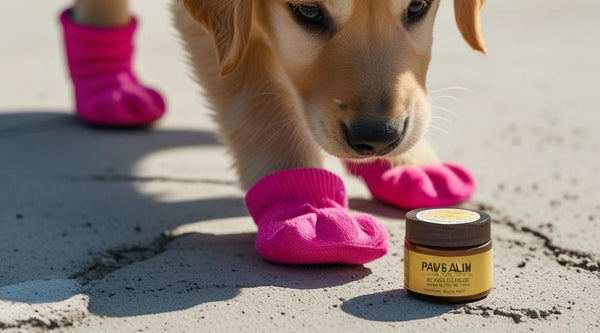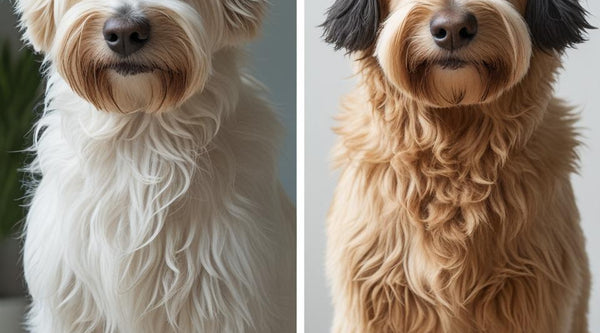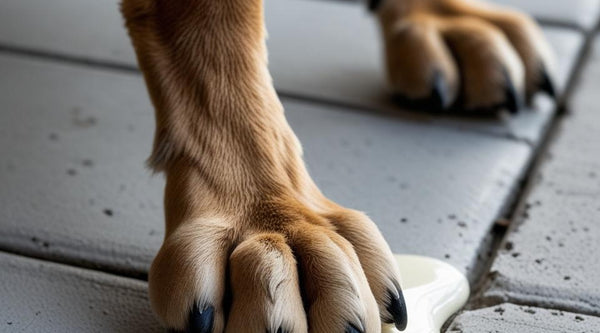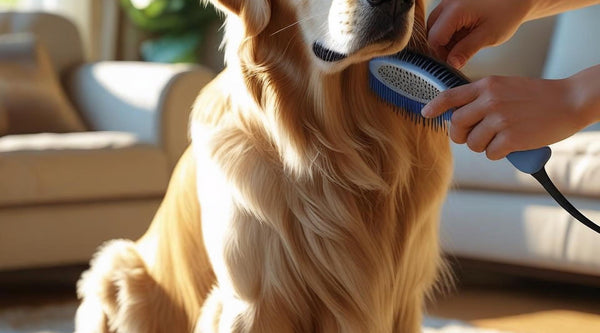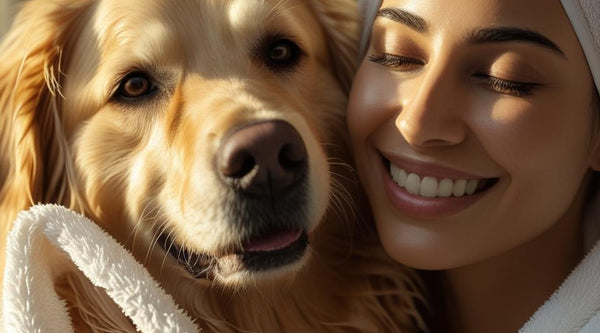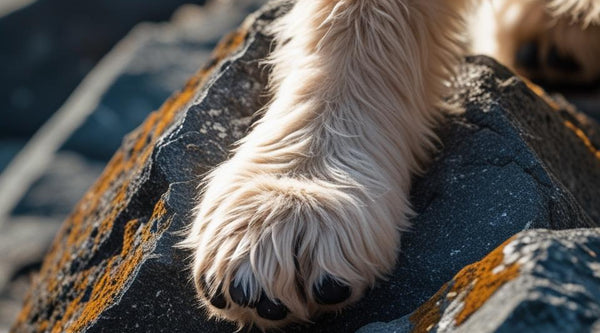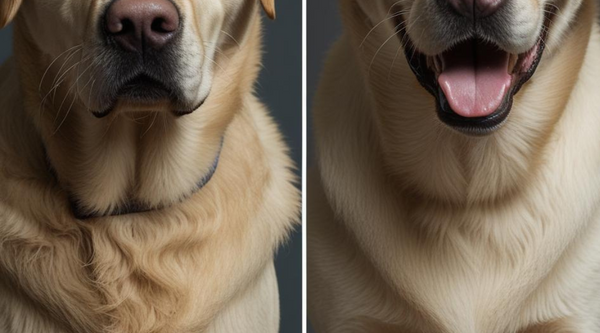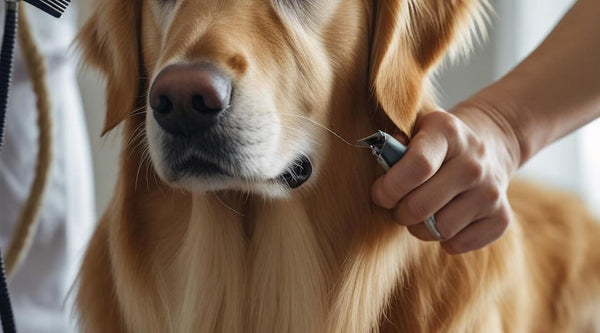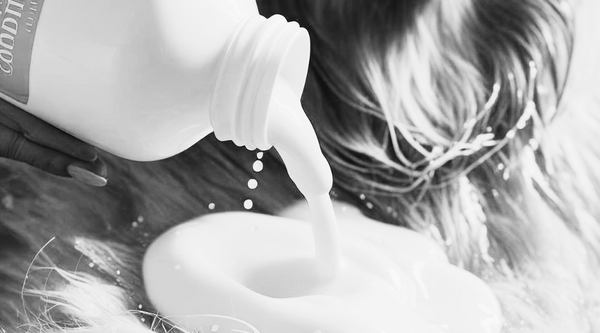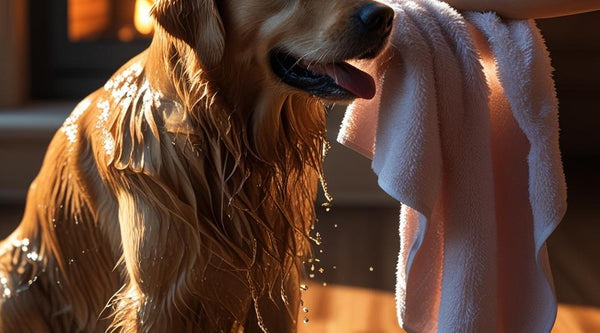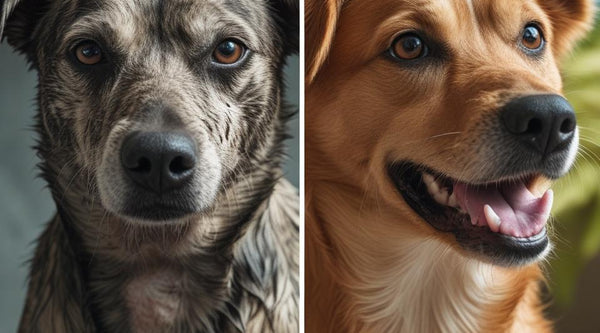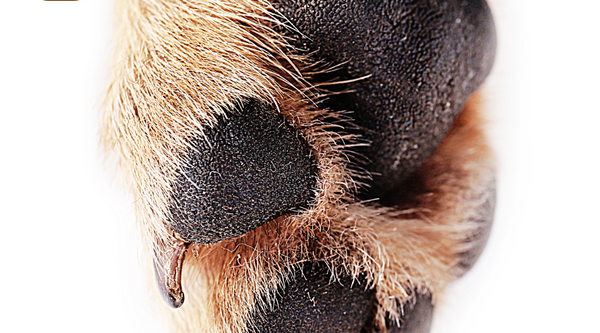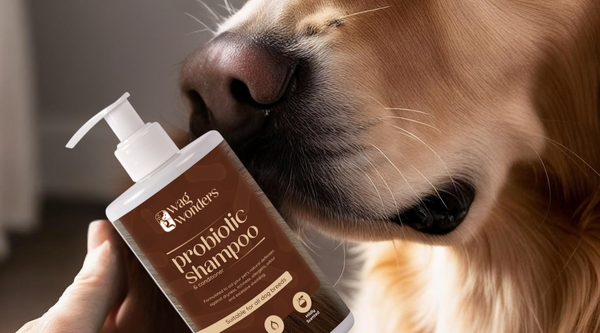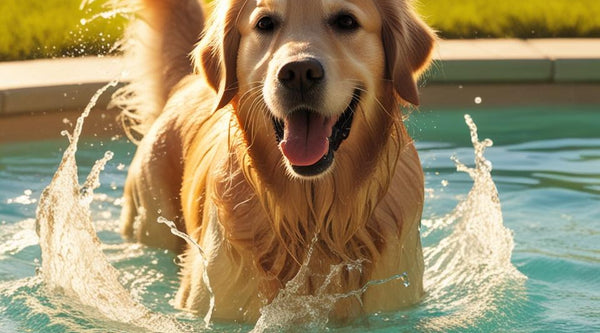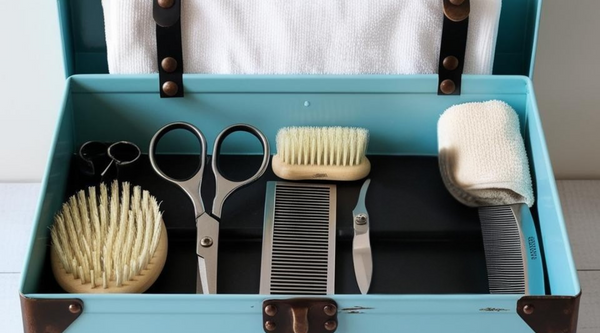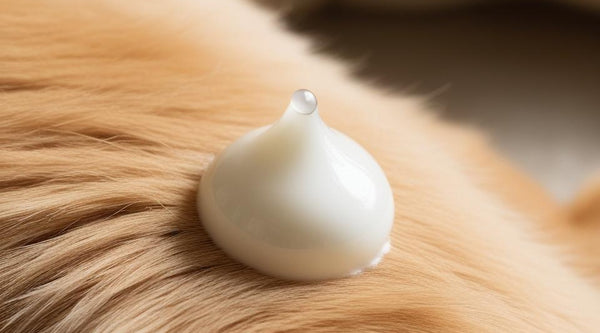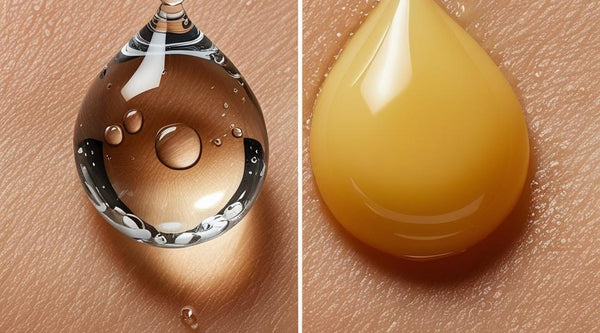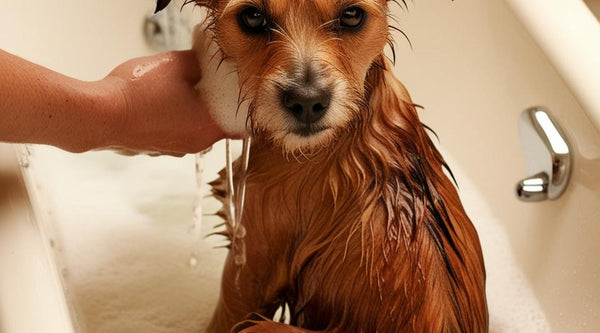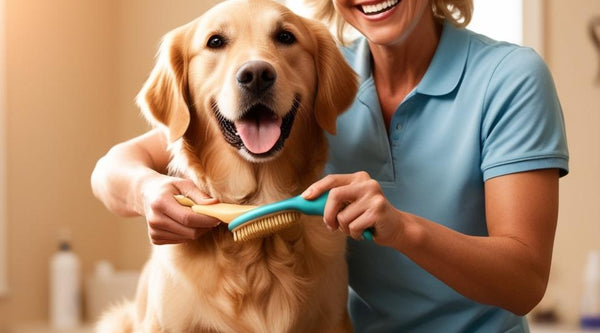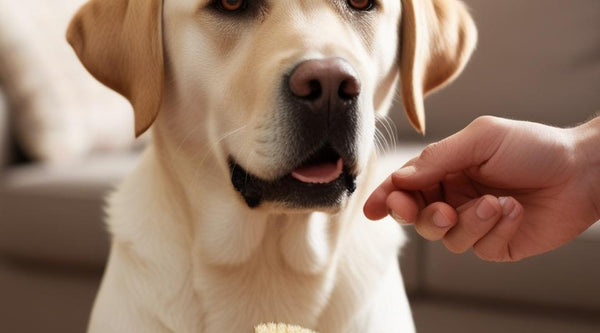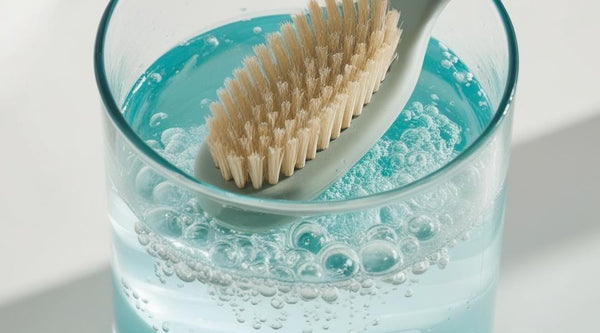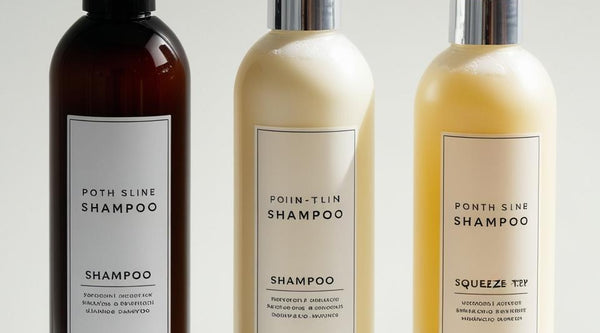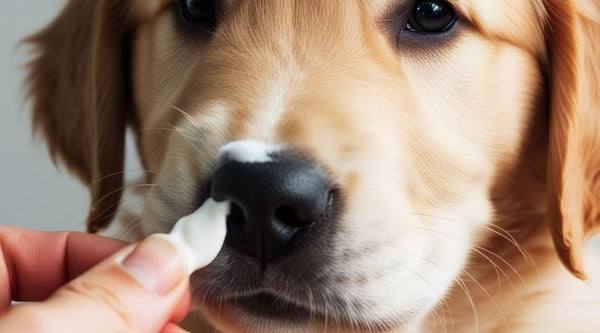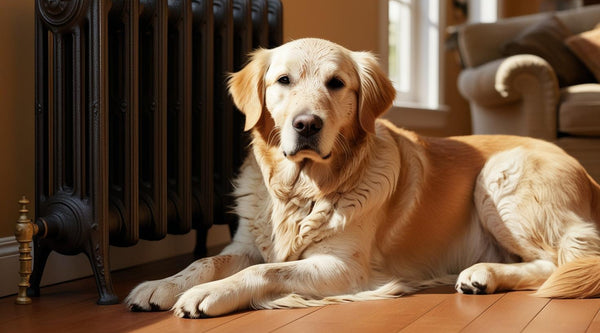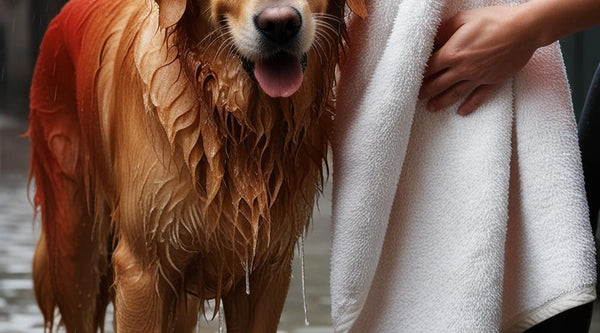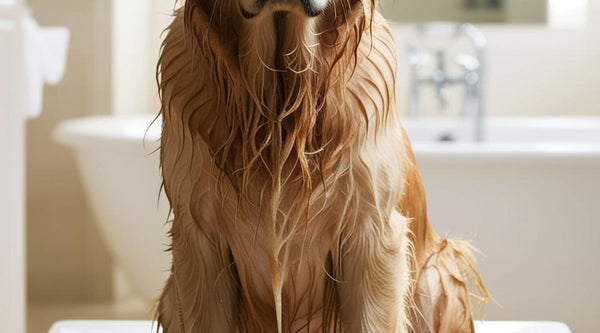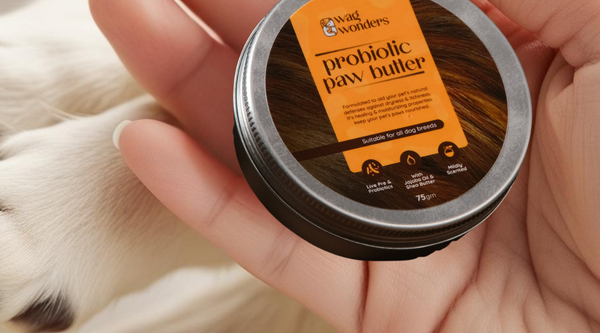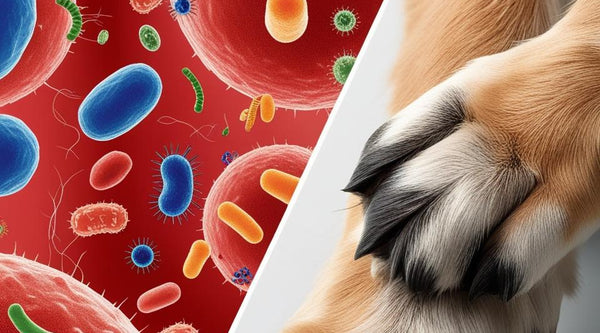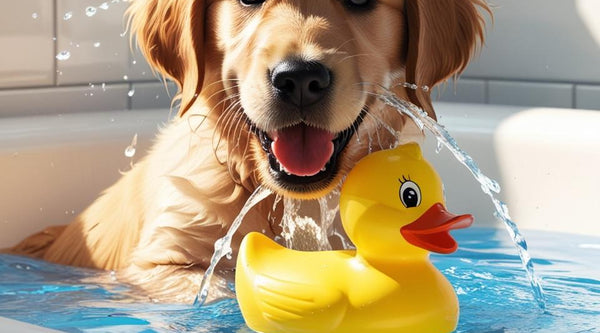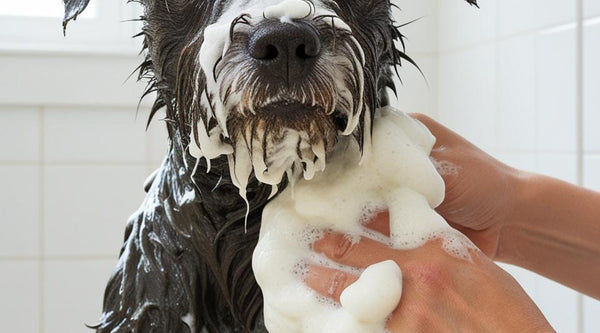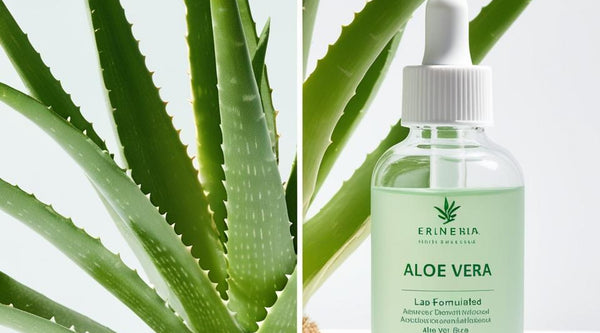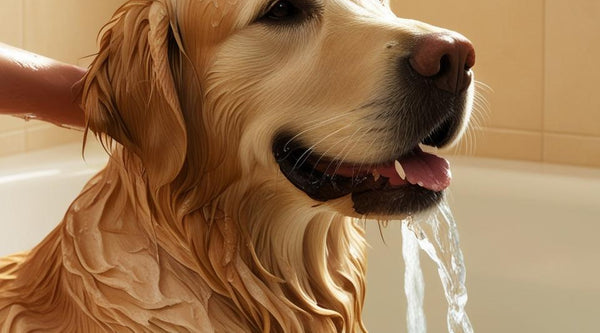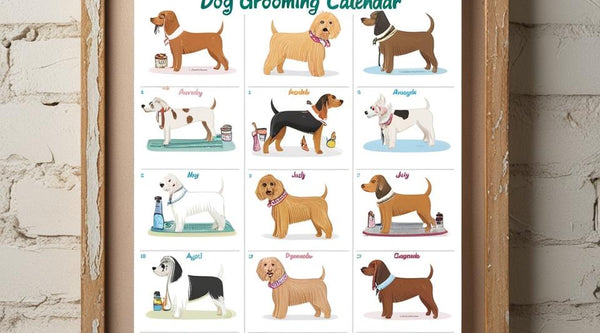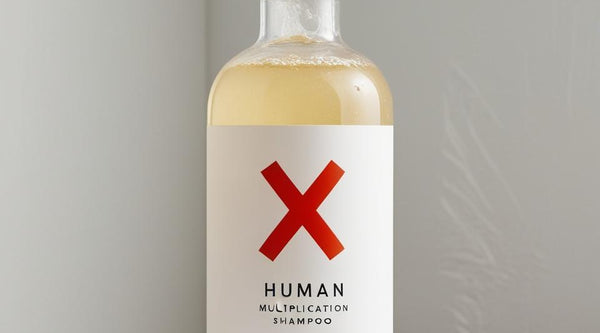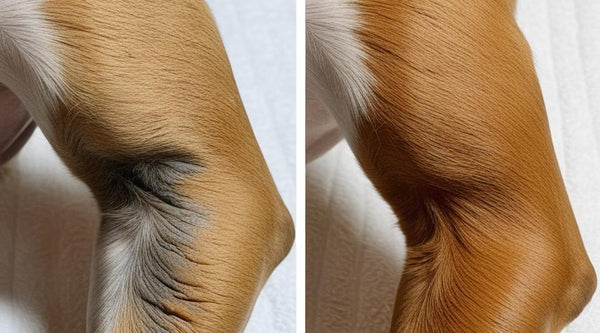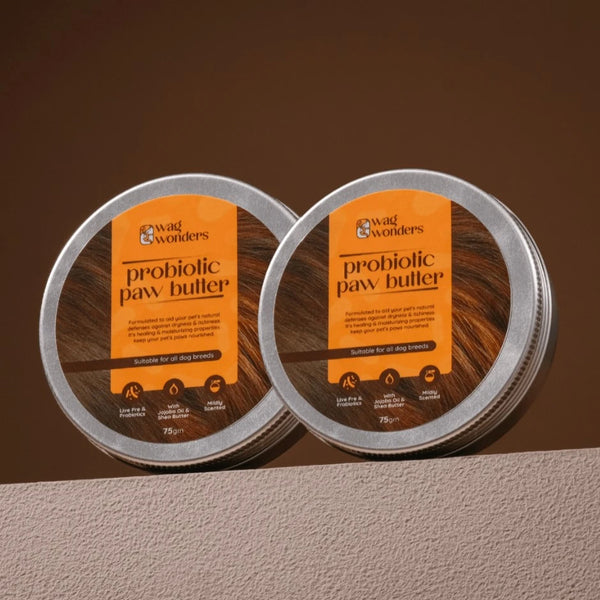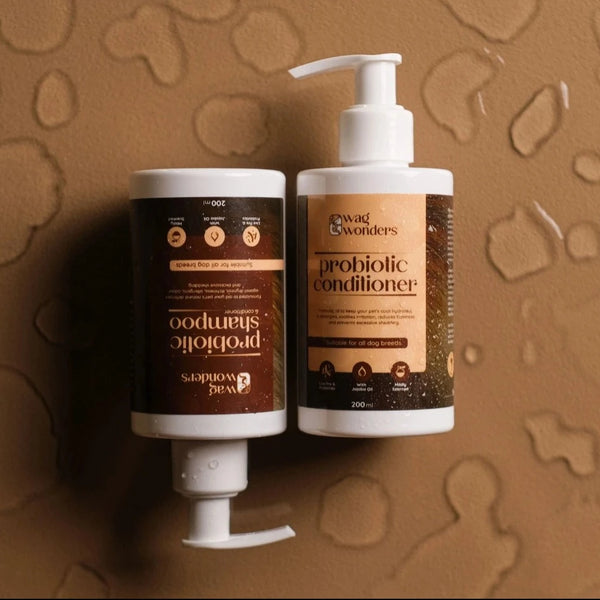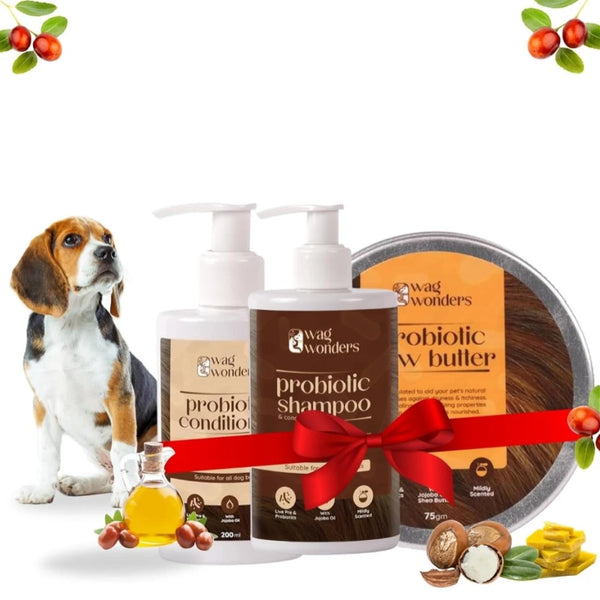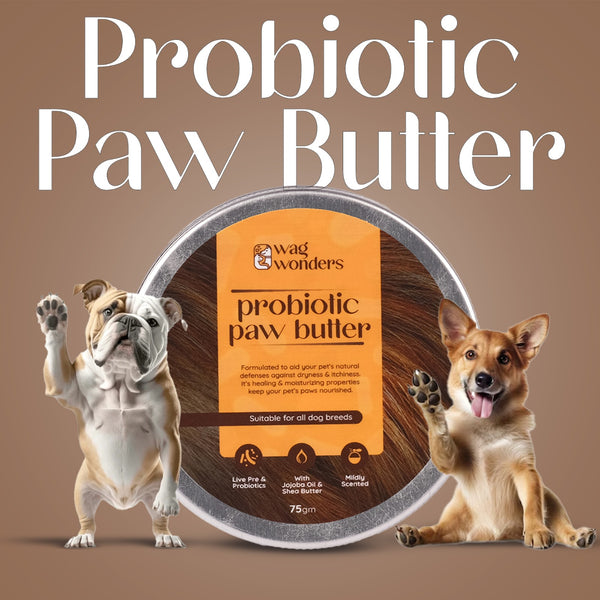The Impact of Indoor Heating on Your Dog’s Skin Health
As temperatures drop, most of us turn up the thermostat to stay warm indoors. But did you know that your cozy indoor heating could be drying out your dog’s skin?
Just like humans, dogs are sensitive to environmental changes—especially in winter. The combination of cold outdoor air and dry indoor heat can cause their skin to flake, itch, and lose its natural protective barrier. This is where hydration, barrier repair, and microbiome support become critical.
Let’s dive into how indoor heating affects your dog’s skin—and how you can protect it using the right grooming techniques and prebiotic and probiotic pet care products.
🔥 How Indoor Heating Affects Dog Skin
While your heater keeps your home toasty, it also removes moisture from the air, creating a dry indoor environment. This lack of humidity impacts your dog in the following ways:
-
Dehydrated skin: Dogs lose moisture from the skin faster than usual.
-
Itchiness and flaking: Dry skin leads to discomfort, constant scratching, and dandruff.
-
Weakened skin barrier: A dry barrier can’t properly defend against allergens or pathogens.
-
Microbiome imbalance: Heat and dryness may disrupt the balance of beneficial bacteria on the skin, opening the door to infections or irritation.
🧴 Signs Your Dog’s Skin is Affected by Indoor Heating
Watch for these common winter skin issues in dogs:
-
Excessive scratching or licking
-
Dull, brittle coat
-
Flaky or scaly patches
-
Redness or inflammation
-
Dry, cracked paws or elbows
These are not just cosmetic problems—they’re signs your dog’s skin is struggling to maintain its natural defenses.
🐶 Why the Skin Microbiome Matters More in Winter
Your dog’s skin is home to a complex ecosystem of beneficial bacteria, known as the microbiome. A healthy microbiome helps fight off pathogens, reduce inflammation, and support hydration.
But dry indoor air and frequent washing with harsh products can strip away these good microbes, leaving the skin vulnerable.
That’s why it’s essential to use prebiotic and probiotic grooming products during winter. These help nourish the skin flora, keeping the microbial balance in check—even in dry, heated environments.
🧼 Winter Grooming Tips to Combat Indoor Heating Effects
1. Use a Moisturizing, Prebiotic Dog Shampoo
Avoid over-washing, and choose a gentle, microbiome-friendly formula. Look for ingredients like:
-
Jojoba oil
-
Coconut oil
-
Prebiotics and probiotics
These support the skin’s natural moisture and flora.
2. Follow Up with a Hydrating Conditioner
A leave-in dog conditioner adds a layer of hydration, prevents dryness, and enhances coat shine. It also helps seal in moisture—which is especially important when indoor heating zaps humidity from the air.
3. Soothe Dry Paws with Natural Paw Butter
Heated floors, dry air, and cold outdoor walks can all lead to cracked, rough paws. Apply paw butter enriched with natural oils and butters to maintain softness and prevent discomfort.
4. Brush Regularly to Boost Circulation
Regular brushing helps distribute natural oils throughout the coat and stimulates the skin, promoting a healthier barrier during dry months.
5. Consider a Humidifier
This isn’t grooming per se—but using a humidifier in your home can make a big difference. It adds moisture back into the air, helping both you and your dog avoid winter dryness.
✅ Winter Grooming Essentials for Healthy Dog Skin
| Problem | Product Solution |
|---|---|
| Dry, flaky skin | Prebiotic dog shampoo + leave-in conditioner |
| Cracked paws & elbows | Moisturizing paw butter |
| Dull coat | Jojoba and coconut oil-based products |
| Itchy, unbalanced skin | Microbiome-supporting probiotic formulations |
Final Thoughts
Dog skin in winter needs special care—and indoor heating doesn’t make it any easier. By understanding the indoor heating effects on your doggo and switching to hydrating, microbiome-friendly grooming products, you can help them stay itch-free, flake-free, and cozy all winter long.
Explore Wagwonder full range of dog shampoo, conditioner, and paw butter—all enriched with prebiotics and probiotics to nourish your dog’s skin from the outside in.


